If you’re in the market for an air plant that’s both easy to care for and a real eye-catcher, let me introduce you to Tillandsia Xerographica. Often called the “Queen of Air Plants,” this unique variety features distinctive silver leaves that curl in a mesmerizing pattern as they grow.
It’s one of those plants that doesn’t demand too much of your time but gives back plenty in the form of aesthetics and charm. Interested in adding this striking plant to your indoor space? Keep reading as we cover everything you need to know about caring for and maintaining this low-maintenance beauty.
Table of Contents
1. General Information & Taxonomy
| Scientific name: | Tillandsia xerographica |
| Common names: | The Queen of Air Plants, The King of Air Plants, Giant Tillandsia, Xero |
| Native to: | Southern Mexico, El Salvador, Guatemala, and Honduras |
| Toxicity: | Pet-friendly (Non-toxic to dogs and cats) |
| Mature size: | Up to 3 feet tall and wide |
| Category: | Air Plant |
| Growth Rate: | Slow |
| Hardiness: | USDA zones 9 to 11 |
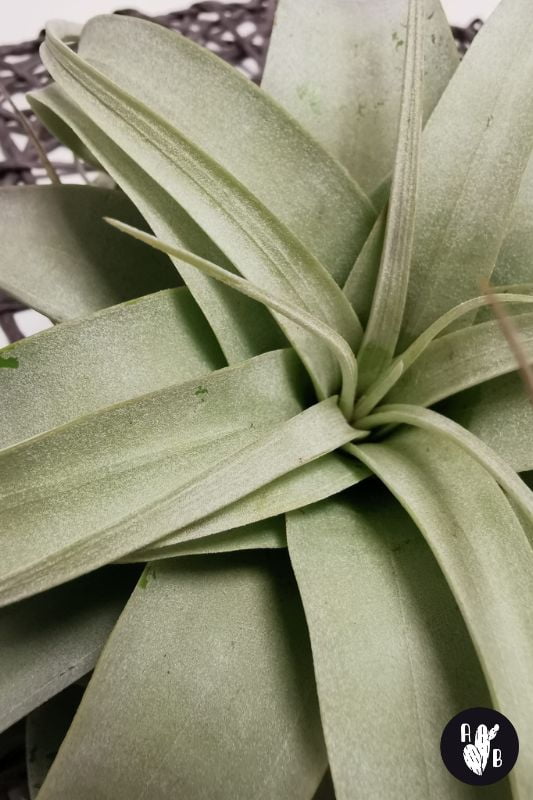
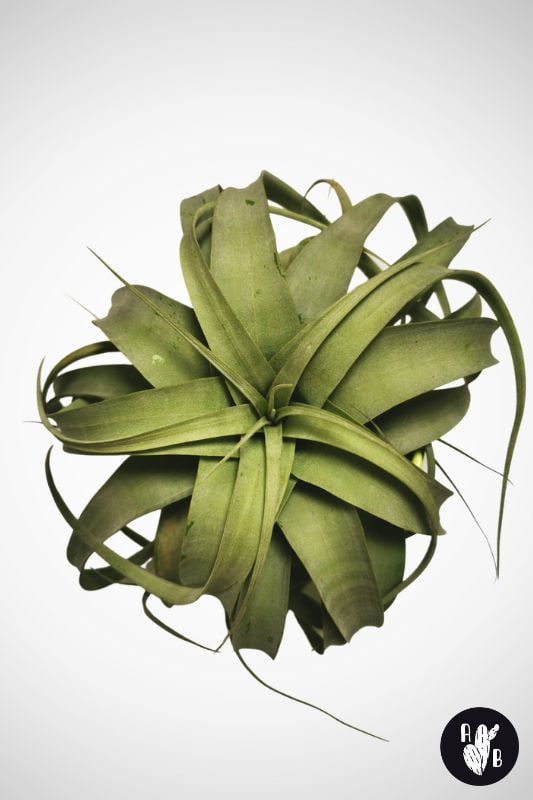
2. Tillandsia Xerographica Care & Growing Requirements
» Watering
Don’t sweat the watering routine. Xero thrives on its chill nature by pulling moisture from the air. A misting a couple of times a week and a good soak (20-30 minutes in room temperature water) once a month will make it flourish. After soaking, pat it gently with a towel and let it air dry before placing it back.
🌱 Quick Tip: Watch out for tightly curled leaves signaling dry conditions and too straight leaves indicating overwatering.
» Lighting
While T. xerographica can handle some direct sunlight, a location with bright, indirect light is optimal. If you’re short on natural light, a grow light can also do wonders. Don’t shy away from giving it some morning or late afternoon sun, especially in the winter months when the days are shorter.
» Soil
Who needs soil when you’re a Tillandsia Xerographica? You can place it on almost any surface: wood, rocks, or even hanging in an aerarium. In its native habitat, it’s often found attached to trees or rocky outcroppings, drawing nutrients from the air and rain.
And if you’re looking for some inspiration, make sure to check out our article on decorating with air plants.
» Temperature
The average room temperature is more than perfect for this air plant. Keep it in the range of 68° – 76°F (20° – 25°C) for optimal growth. However, it’s pretty versatile and can also tolerate slightly cooler temperatures.
» Humidity
Tillandsia Xerographica is a xeric air plant, which means it’s well-adapted to dry conditions, making it more tolerant of low humidity levels compared to other air plants.
So, you don’t have to worry about maintaining high humidity for this resilient beauty. If you do notice the leaves curling more than usual, a light misting should suffice to bring it back to its usual splendor.
» Fertilizer
Fertilizing isn’t a must, but if you notice that your plant isn’t thriving as it should, a little help won’t hurt. Opt for a general-purpose fertilizer, diluted to a quarter of its recommended strength. You can add this to your spray bottle and mist the plant once a month.
3. Tillandsia Xerographica Flowering and Post-Flowering Care
» Flowering
One of the highlights of owning a Tillandsia Xerographica is witnessing its unique flowering process. However, patience is key. This air plant takes its time and could take several years before it’s ready to bloom. Proper lighting and occasional fertilization can encourage the flowering process.
🌱 Quick Tip: Remember, Tillandsia Xerographica will only flower once in its lifetime. The bloom can last for several months, offering you an extended period of natural beauty.
» After the Bloom
Once the flower has run its course, you’ll notice your Tillandsia Xerographica starting to produce offsets or ‘pups.’ These baby plants will grow from the base of the mother plant, and this is your sign that the flowering cycle is complete. At this stage, you can cut off the old flower stalk to encourage the growth of these pups.
🌱 Quick Tip: The pups can be separated from the mother plant once they’re about one-third of her size if you wish to propagate new Tillandsia Xerographica plants.
4. Common Issues
Even the hardiest plants like this Queen can encounter a few bumps along the road. If you find yourself troubleshooting, here’s a bullet-point guide to help you pinpoint common issues and their solutions:
- Leaves Turning Yellow: Overwatering is the usual suspect. Cut back on misting and make sure the air plant dries completely after its monthly soak.
- Leaves Turning Brown: This may indicate too much direct sun or insufficient watering. Rethink its placement and adjust your watering schedule.
- Weak or Limp Leaves: Lack of nutrients could be the issue. A diluted balanced fertilizer may give it the boost it needs.
- Not Flowering: Patience is key with this slow bloomer. Ensure it’s getting the right amount of light, and consider a diluted fertilizer to nudge it along.
- Pups Not Growing: If the baby plants aren’t sprouting as expected, reassess the light and water conditions. A little tweak could make all the difference.
5. Frequently Asked Questions About Tillandsia Xerographica
These plants can live for up to 20 years, especially with proper care. The better you take care of it, the longer it will brighten up your space.
It may take several years before you see a flower. This air plant is a slow bloomer, but when it does flower, it’s well worth the wait.
Yes, you can, although it’s a long and complex process that will test your patience. Generally, it’s easier to propagate them from offsets or ‘pups.’
It prefers bright, indirect light but can tolerate lower light conditions for short periods. However, insufficient light will eventually weaken the plant.
Rainwater, distilled water, or tap water that has been left out for 24 hours are all good choices.
Air plants actually enjoy hanging out in the bathroom, as long as they get enough light. The added humidity from showers can actually be beneficial.
While they don’t have preferences like pets, handling should be minimal and gentle to avoid damaging the leaves.
A healthy Tillandsia Xerographica should have a clean, somewhat woody base. If the base is black or overly mushy, it could indicate rot.
Conclusion
So there you have it, your guide to caring for the lovely Tillandsia Xerographica. Not only does this plant come with a royal reputation, but it’s also low-maintenance and incredibly versatile.
And guess what? If you’re a fan of bathroom greenery, Tillandsia Xerographica could be your new best friend. These plants cand thrive in the humid conditions that bathrooms often offer, as long as there’s enough light. Place it on a stylish shelf or hang it from the ceiling to add a touch of natural elegance to your space.
Have more questions or want to share your own Tillandsia Xerographica journey? We’d love to hear from you. Drop us a comment below or shoot us an email.

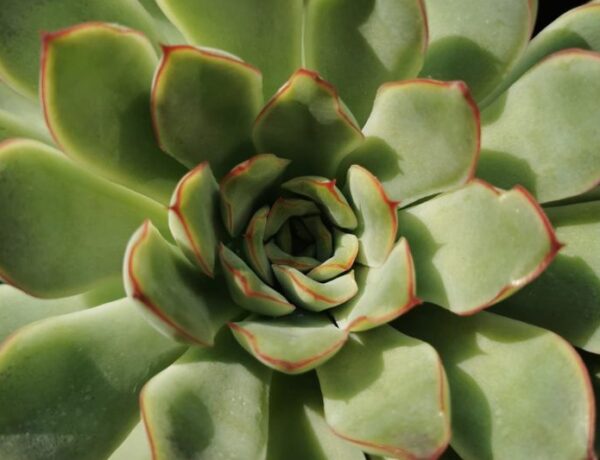
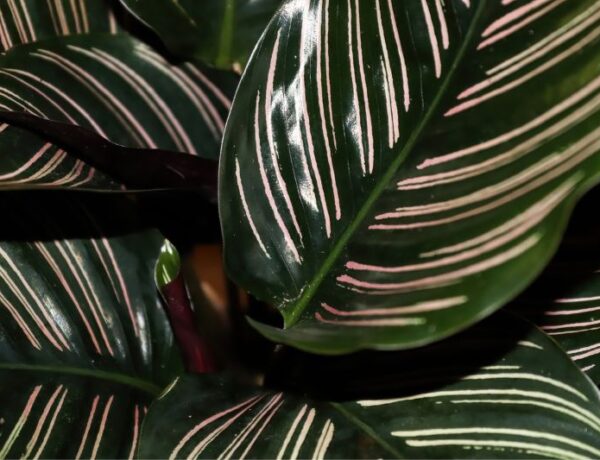
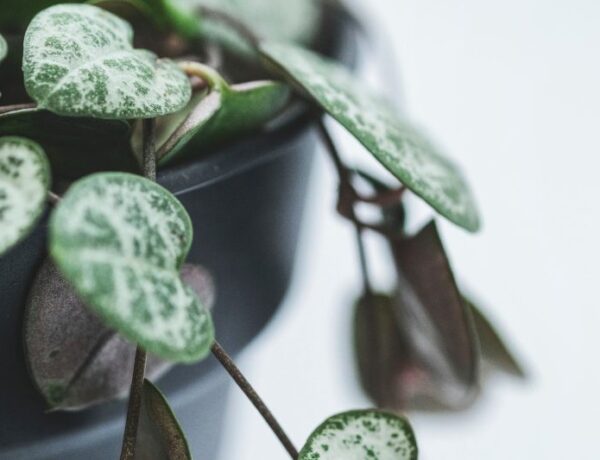


No Comments